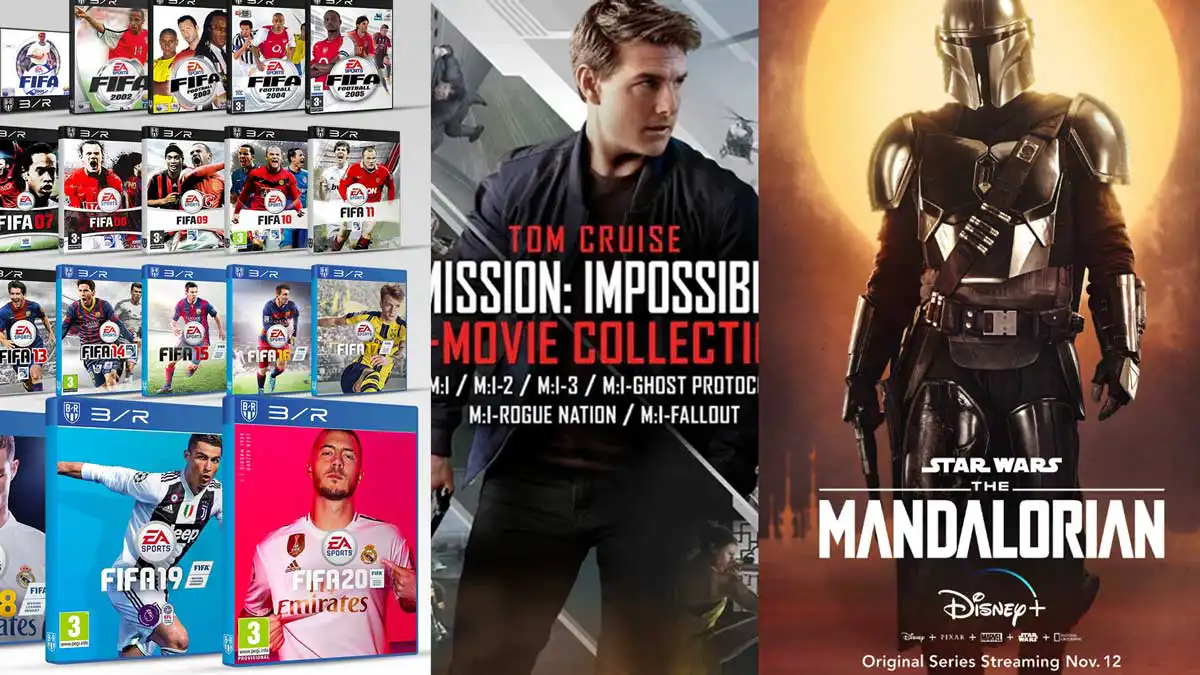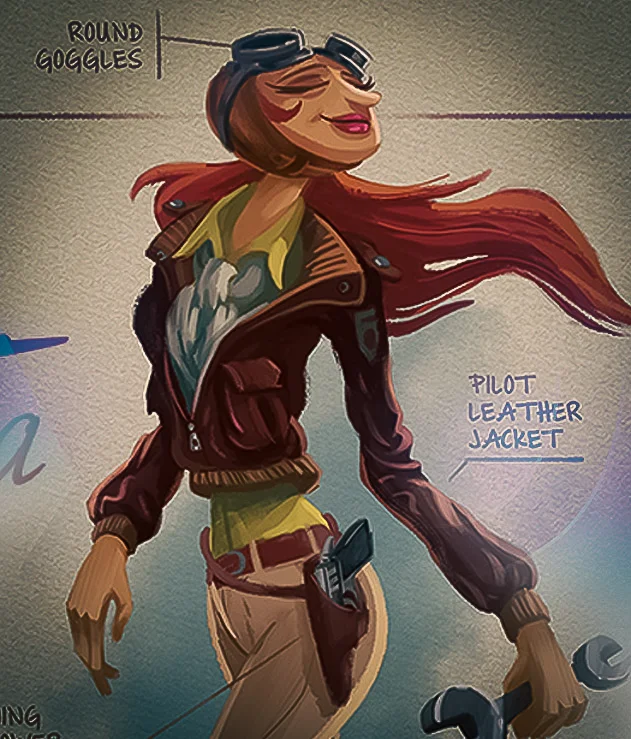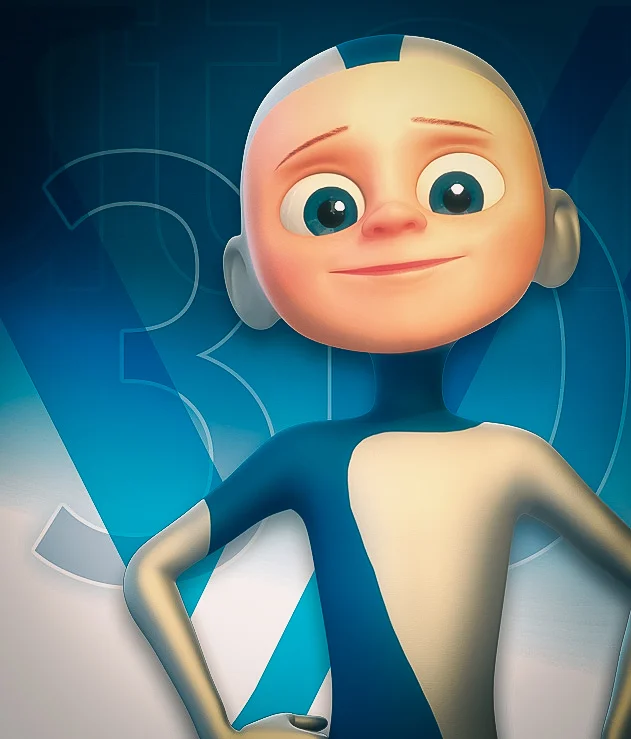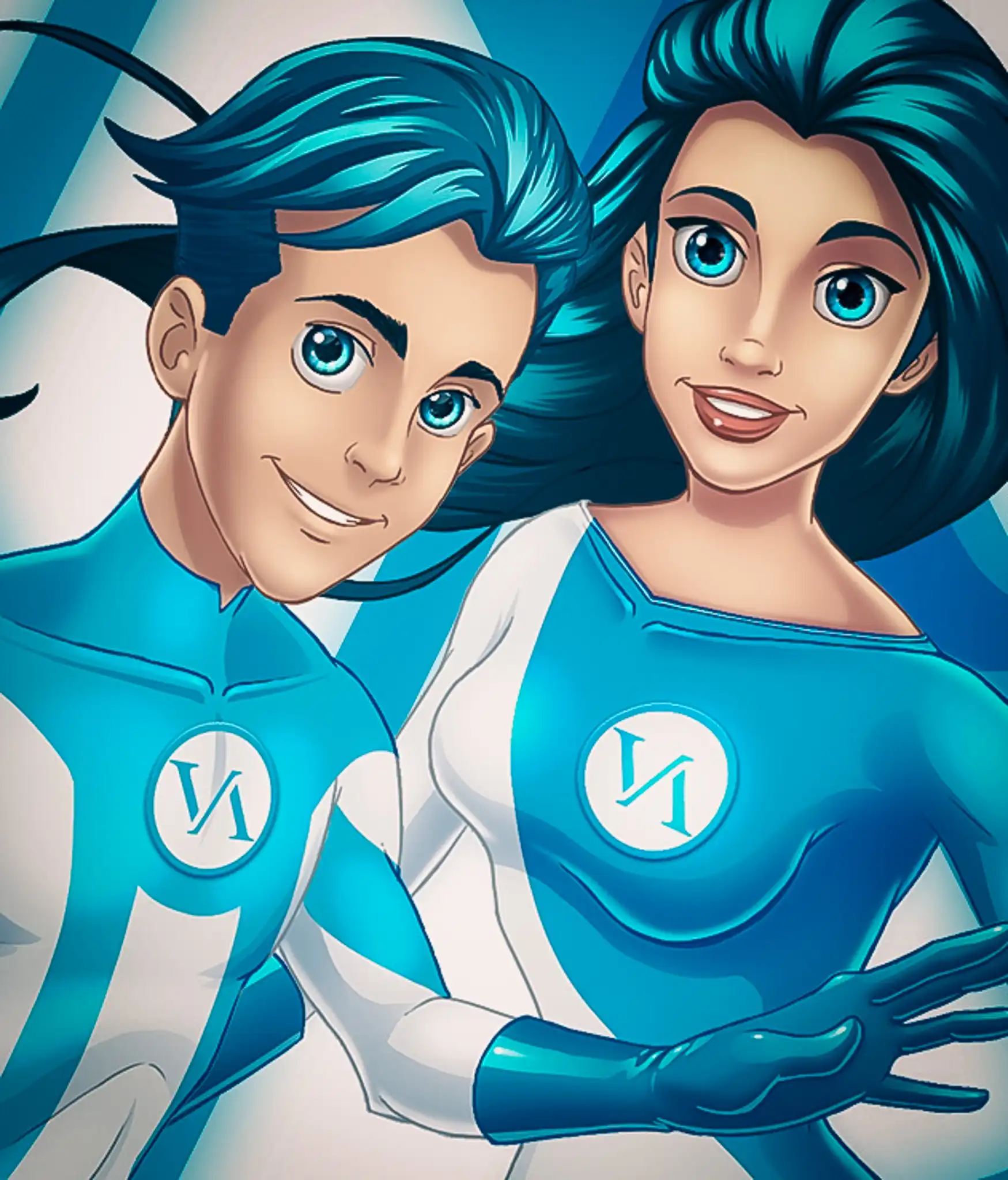
The Intellectual Property Dilemma for Movies and Games
Developing profitable ideas
Many creators dream of living off their creative works, but developing a profitable idea can take a lifetime. Think about the movies, characters, and video games you know, like Mickey Mouse, Fortnite, Star Wars, or Pacman.
These well-known names are also known as intellectual properties, and this legal term defines creative work belonging to a company or an individual. The work is copyrighted, patented, and trademarked. As a result, it becomes official intellectual property.
In the following paragraphs, we will cover individual efforts, partnerships, and deviations.
Creating on your own
The challenge is not the legal process of registering intellectual properties but the creative act of making a sellable concept that people like, follow, and continue to consume.
This allure is why studios produce movies and video game sequels like Mission Impossible, Minions, Call of Duty, Spiderman, The Mandalorian, Cobra Kai, and others. Studio executives are aware of the financial risks of creating a new concept from scratch and must maintain the money coming in through established creative works. According to the research paper
The Economics of Movies, Jordi McKenzie writes, “It has become well understood that motion pictures are an inherently uncertain product” (64). But it is a balancing act because executives also understand that consumers want new entertainment.
Launching new intellectual properties requires excessive budgets for production; however, it certainly requires the same or a more considerable amount of advertising expenditure. McKenzie adds, “Advertising is the main predictor of opening week screens and revenues, and word-of-mouth is important subsequent weeks” (46). In other words, a large advertising budget is essential to promote the creative work. Without a stable revenue stream, studios shut down, but without new content, studios won’t stay in business either.
Creating with partnerships
A profitable intellectual property is challenging to produce; thus, many studios partner with celebrities and brands to retain and attract audiences. For example, the video game studio Electronic Arts establishes partnerships with major sports franchises such as FIFA for soccer, MLB for baseball, the NBA for basketball, the NFL for football, and the NHL for hockey.
Each sport has several teams with famous players like Leonel Messi, Tom Brady, Lebron James, and many more. As a result, the players’ fans attending stadium games will also purchase video games due to digital celebrities. These partnerships are not unique nor developed in the video game industry; it is an agreement to contract a movie star for multiple years and films, ushering audiences to follow celebrities across different media platforms.
In her paper The New Intellectual Property, Dr. Kathy Bowrey writes, “The enthusiasm of fans has driven ongoing development of many creative ventures since at least the nineteenth century” (189). At first, it is an excellent solution for launching new intellectual properties, but it also leads to excessive celebrity appearances. Bowrey writes, “However, we are now exposed to an unprecedented degree of adaptations of stories, including prequels, sequels and stories based on spin-off characters” (190), meaning that audiences will see celebrities across different media.
Unexpected deviations
While partnering with celebrities seems like a safe bet, complications generally arise when splitting profits. These disagreements have unintended consequences and may seem trivial to the public eye. For example, in a recent lawsuit, “The US court rules that unlicensed reproduction of NBA players’ tattoos in their videogame avatars is not a copyright infringement” (318).
Basketball superstars Eric Bledsoe, LeBron James, and Kenyon Martin licensed their likenesses to the video game developer, but their tattooists also wanted a share of the profits. The case shows that there are various layers of licensing to be considered.
To conclude, studios and creators must create new intellectual properties, but finding profitable ideas is complex and uncertain. On the one hand, individually launching a new property offers more control, but production and marketing budgets are excessive and prohibitive. However, on the other hand, partnering with established brands can accelerate entering the market. Still, they can deviate from the initial goals since there are more parties to consider when splitting profits.
Works Cited
Rosati, Eleonora, “US court rules that unlicensed reproduction of NBA players’ tattoos in their videogame avatars is not a copyright infringement,” Journal of Intellectual Property Law & Practice,” Vol. 15, No. 5, 2020. pp 318-319
McKenzie, Jordi. “The Economics of Movies: A Literature Survey.” Journal of Economic Surveys, vol. 26, no. 1, 2010, pp. 42–70, https://doi.org/10.1111/j.1467-6419.2010.00626.x.
Review of The New Intellectual Property: Celebrity, Fans and the Properties of the Entertainment Franchise, by Kathy Bowrey. Griffith Law Review, 16 Ju.l 2014, https://www.tandfonline.com/doi/abs/10.1080/10383441.2011.10854695







